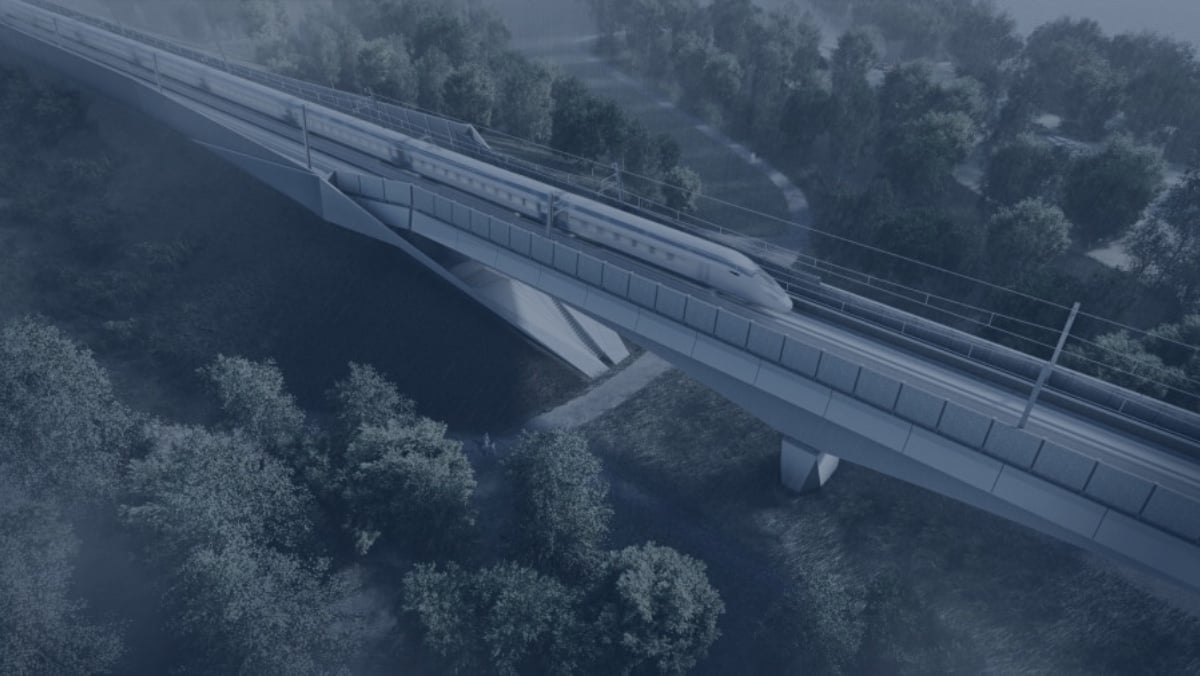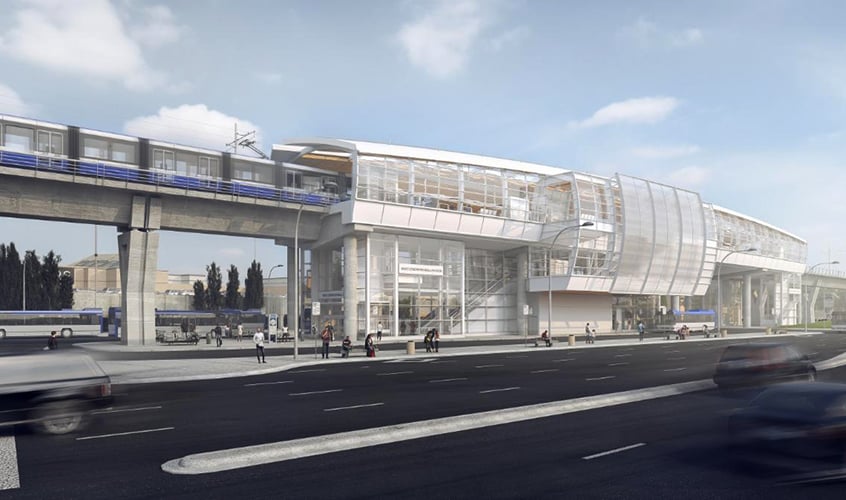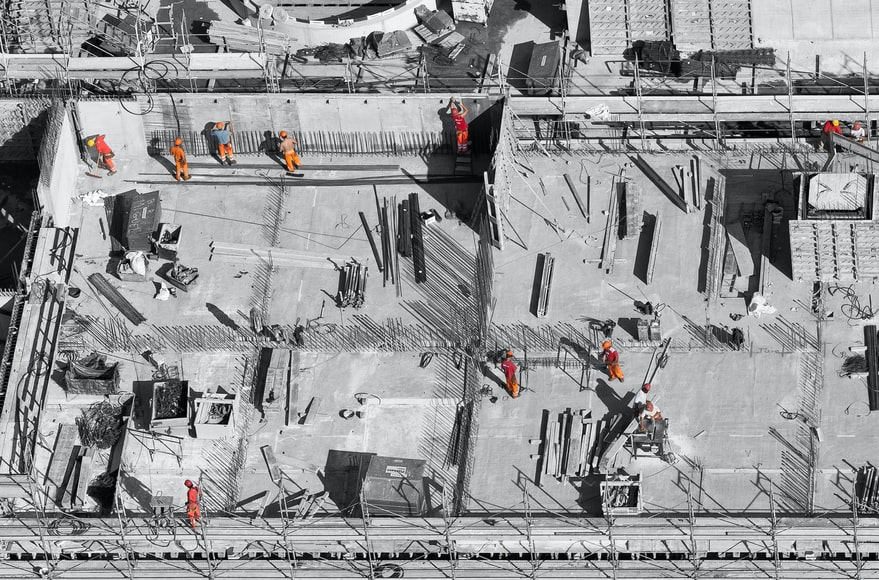Customer Story: Align JV


CONSTRUCTION OPTIMIZation software
ALICE automates 'what-if' scenario exploration with AI — enabling you to rapidly test options, mitigate risk, and optimize schedules. Whether you're managing construction or bidding for new work, ALICE helps you find an efficient path forward.
TRUSTED WORLDWIDE BY OWNERS, contractors and consultants
Find the best way to build — ALICE rapidly simulates millions of possible scenarios to uncover the most efficient construction plan.
Anticipate challenges before they impact your schedule. Simulate constraints, explore options and make data-backed decisions.
Model constraints and uncover opportunities to recover from delays or identify ways to fast-track project delivery with reduced risk.
Schedule, cost, and scope are integrated into every solution generated by ALICE, providing a unified platform.
Built to Optimize Capital Construction
ALICE delivers measurable ROI across the construction project lifecycle—from bidding to execution.
Designed for industrial construction: energy, data centers, battery plants, semifab facilities, chemical plants, mines, pipelines and more.
Ideal for civil and transit projects: railways, metros, subways, highways, roads, bridges, tunnels, viaducts, and more.
Built to handle complexity: high-rises, technology parks, administrative buildings, healthcare, education and multi-use facilities.
-1.png)
"With ALICE, we can evaluate risks and opportunities across our projects in a fraction of the time it previously took, allowing us to deliver better outcomes for our clients."


"ALICE’s Schedule Insights Agent brings a new level of planning and scheduling sophistication. This kind of intelligence positions us to deliver advanced services and greater value to our customers on their projects."

Don’t just take our word for it—check out the international recognition we've earned.
Customer Story: Align JV



Customer Story: Reta Engenharia
.png?width=1080&height=1080&name=Reta%20-%20T%C3%BAlio%20Duarte%20%20(1).png)


Customer Story: Data Center

Customer Story: SCS


.jpg?width=1652&height=922&name=SCS%20Thumb%20(1).jpg)
Customer Story: Parsons


Customer Story: HDCC


.png?width=1200&height=668&name=HDCC%20video%20thumbnail%20(1).png)
Customer Story: Build Group



Check out our case study library to see how teams across different construction projects use ALICE to optimize construction schedules and find a more efficient path.
ALICE has helped to deliver construction projects faster and smarter with quantifiable ROI
For Owners, Contractors and Consultants
Drive your projects faster with improved transparency, increased efficiency and reduced risk.


Empower clients with scenario-based insights that minimize risk and maximize project outcomes.

ALICE gives you new planning and construction super powers.
Explore numerous ways to build your project.
Fine-tune an ALICE simulation based on your project goals.
Track and analyze the information that matters most to your team.
"Chat" with your schedule to get insights & recommendations.
ALICE automatically checks and surfaces schedule quality issues.
Automate resource leveling and optimization with ALICE.
De-risk your project by modeling constraints and scenarios with AI.
Solve complex constraints & intelligently sequence activities.



Webinar
See how ALICE automates project recovery and builds anti-fragile schedules to efficiently manage, mitigate, and recover from risks.

AI in Planning Large Construction Project Schedules: AI Construction Planning & Scheduling
Learn why and how large contractors should use AI.

How to Choose the Best Construction Project Scheduling Method
What are the best construction project scheduling methods and which one is right for you?
SUBSCRIBE HERE
Get all the latest updates from ALICE
By clicking this button, you agree to our privacy policy.
ALICE automates scenario exploration with AI—enabling you to rapidly explore recovery scenarios, mitigate risks, and optimize schedules. Whether you're bidding for new work or managing construction, ALICE helps you find the most efficient and risk-reduced path forward.
Our users use ALICE to optimize, de-risk and recover their construction project. The ALICE construction software platform automates schedule constraint resolution and what if generation to significantly impact a project team’s efficiency. General contractors, owners and consultants, use ALICE to deliver assets to market faster, cheaper and with less risk.
The ROI (return on investment) of using ALICE include a 17% reduction in construction project duration, 14% labor cost savings, 12% equipment cost savings, improved predictability, and increased team efficiency through automated scheduling and optimization.
ALICE differs from traditional or legacy CPM scheduling software by automating the creation of optimal resource-loaded schedules, drastically reducing the time needed to explore and reschedule alternative scenarios.
ALICE uses AI-powered generative scheduling to:
By leveraging Artificial Intelligence for construction projects, ALICE helps planning and management teams improve project outcomes and increase profitability.
ALICE is an AI-powered construction scheduling software designed to optimize and de-risk capital construction projects. It enables users to rapidly explore numerous scenarios and surface multiple feasible schedules. ALICE integrates construction schedule, cost, and scope into every generated solution, providing a unified platform for stakeholder collaboration and enhancing project control. The platform enhances project delivery through the use of advanced algorithms and data-driven insights.
Yes, you can import your existing or baseline project schedules built in Microsoft Project, Oracle Primavera P6, or Oracle Primavera Cloud into ALICE.
ALICE generates multiple feasible schedules based on your project data, constraints, optimization goals thus allowing you to explore the time and cost impact of various solutions without relying on static templates as are typically provided by other tools.